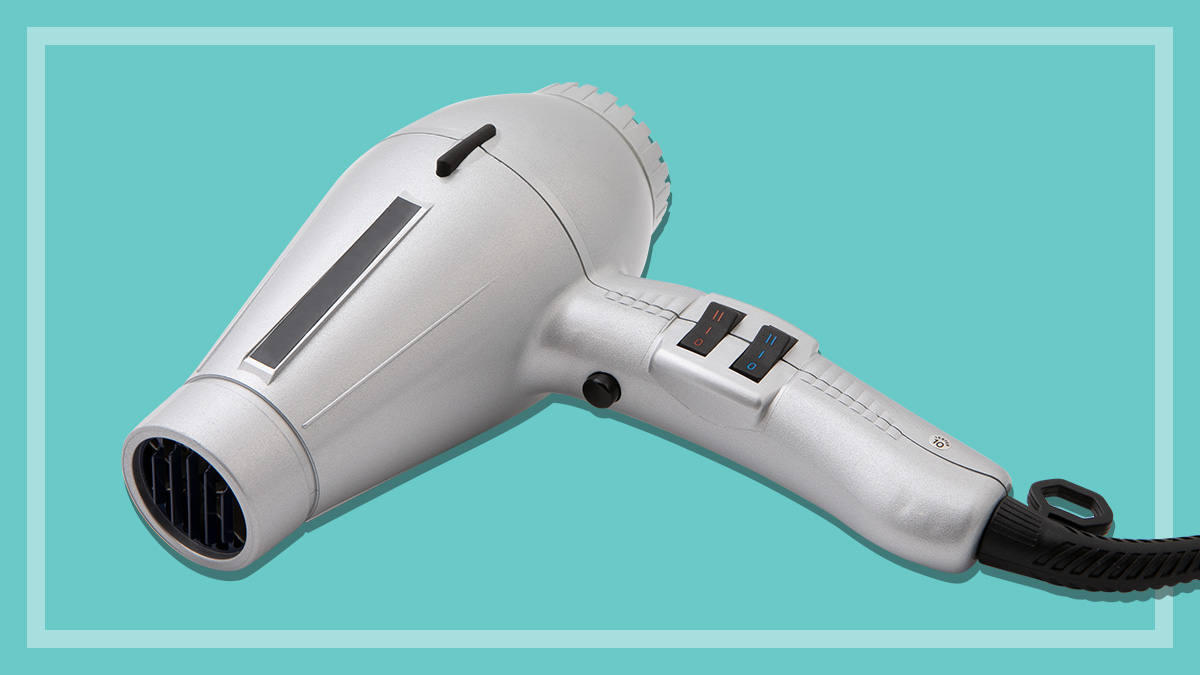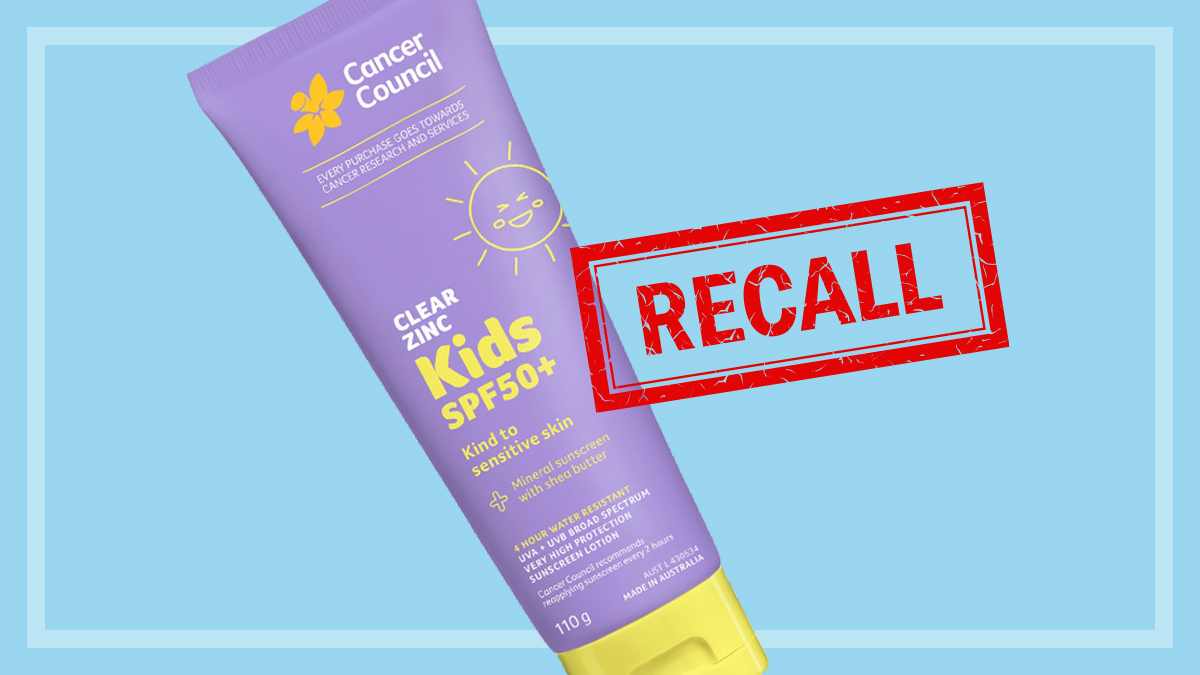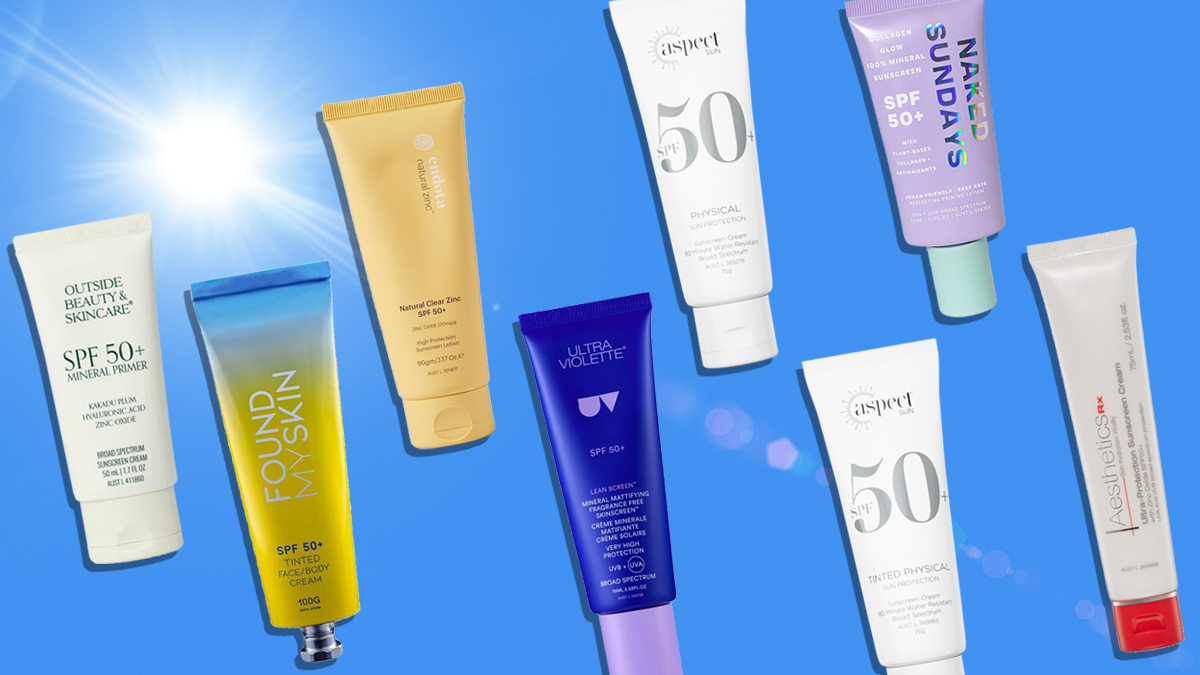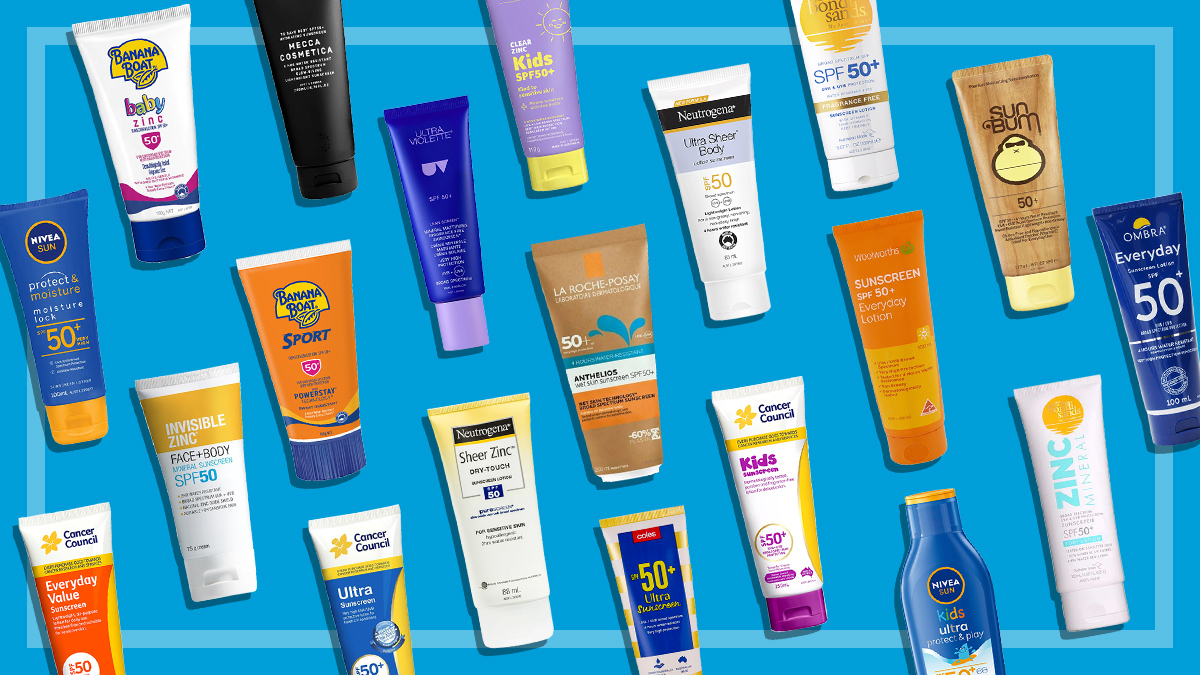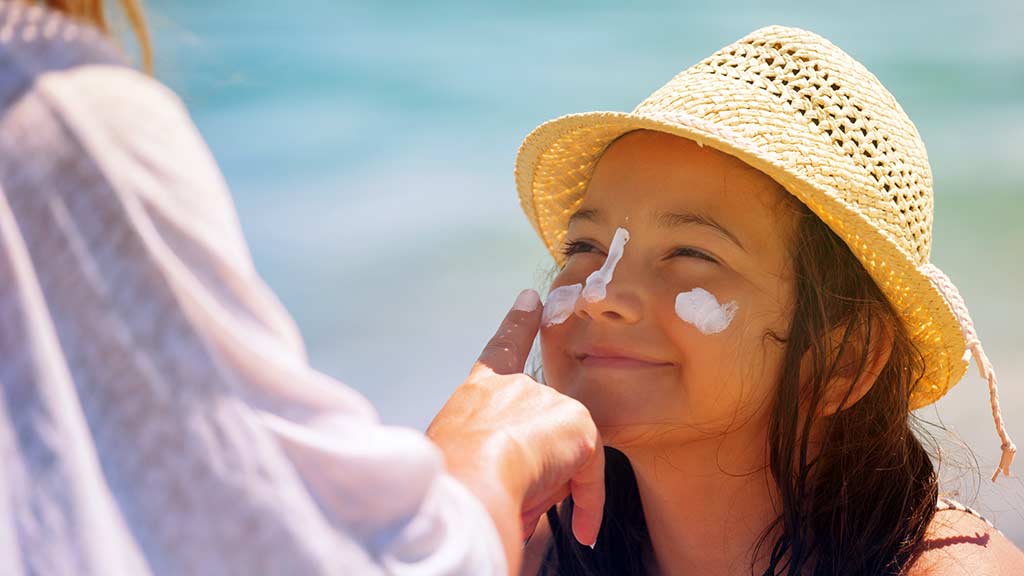Get our independent lab tests, expert reviews and honest advice.
How do I know if microbeads are in my products?
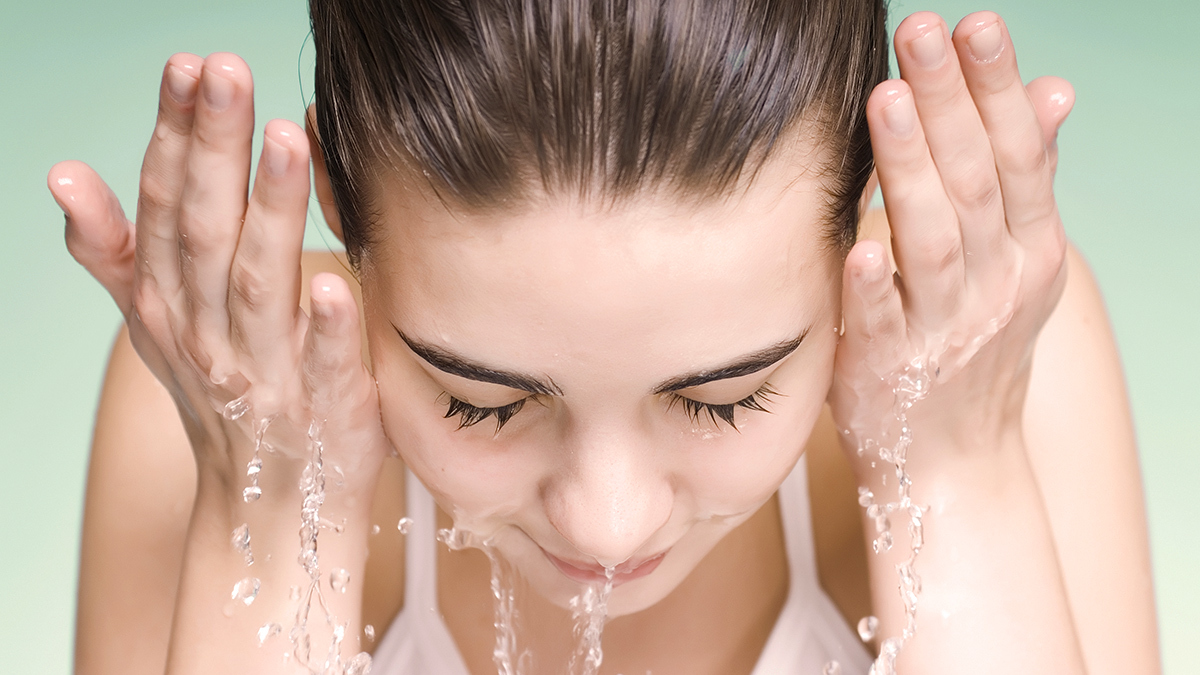
Microbeads are an environmental disaster that threaten our marine life and human health.
Although Australia has made significant headway in reducing them in recent years, are we really doing enough?
Here, we look at just how harmful microbeads are, and how to spot if a product contains them.
What are microbeads?
Microbeads are solid plastic particles made of synthetic polymers. Measuring between 5μm and 1mm in diameter, microbeads are about the same width as a single human hair. They can be hollow or solid, come in a range of shapes and sizes, and – crucially – aren’t degradable or water dissolvable.
They’ve traditionally been added to cosmetics, personal care items and cleaning products to work as exfoliants, bulking agents and abrasives, or for the controlled release of active ingredients and to prolong a product’s shelf life. They’re also present in some cleaning products, such as heavy-duty hand soaps, detergents, waxes and polishes with abrasive features.
Over the past few decades, manufacturers have increasingly replaced less durable natural abrasive materials such as sea salt, ground pumice and oatmeal with microbeads, which are cheaper to use.
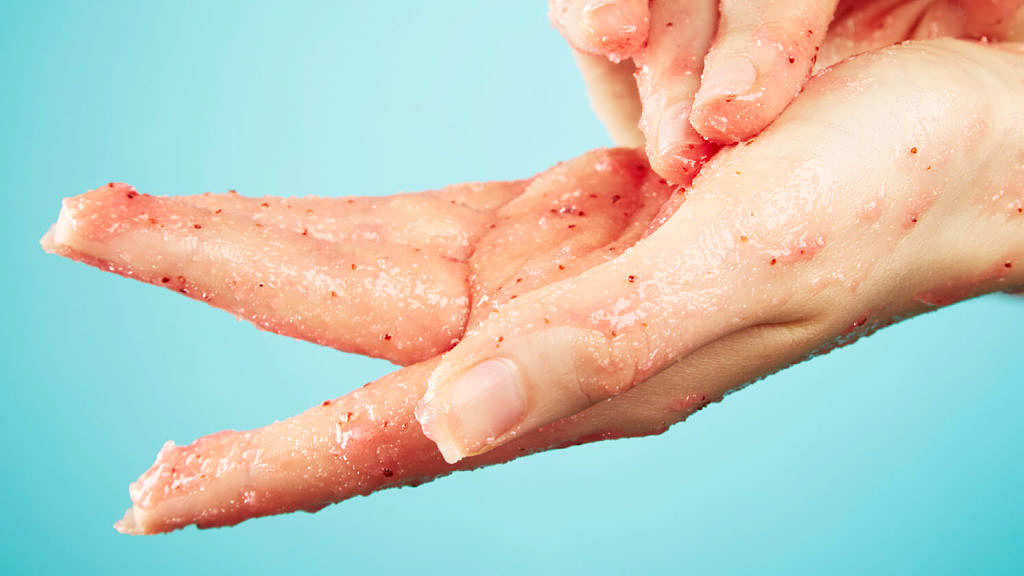
How are microbeads harmful?
Once products containing microbeads are used, they usually end up being washed into our wastewater systems. These systems can’t filter out such minuscule items, so the microbeads are then released into oceans, lakes and rivers. Because they don’t dissolve or degrade, they remain in these waterways and can have a devastating impact on our environment.
Shane Cucow, plastics campaign manager with the Australian Marine Conservation Society, says any microbeads washed down the drain are a real threat to our oceans.
Any amount of of these plastics can be dangerous to ocean wildlife
Shane Cucow, Australian Marine Conservation Society
“Unfortunately it is very hard to quantify the amount of microbeads entering our oceans, as these tiny particles are hard to track,” he tells CHOICE. “What we do know is that any amount of these plastics can be dangerous to ocean wildlife.
“Microbeads and other microplastics are mistaken as food and ingested by all kinds of organisms, including corals, phytoplanktons, zooplanktons, sea urchins, lobsters and even fish.
“They affect the biology of these organisms, with some research indicating they may be having toxic effects – causing disease, reproductive issues or starvation when they become part of larger blockages. Recent studies have shown that the likelihood of disease increases from 4% to 89% when corals are in contact with plastic.”
Cucow says microbeads in our oceans could also be bad news for human health.
“Microbeads in our oceans make their way up the food chain, the effects of which are still poorly understood,” he says.
How do I know if microbeads are in my personal care products?
1. Check the packaging for common microbead ingredients such as:
- Polyethylene (PE)
- Polyethylene terephthalate (PET)
- Nylon (PA)
- Polypropylene (PP)
- Polymethyl methacrylate (PMMA).
2. Contact the manufacturer directly to ask if the product contains any microbeads
3. Search the Beat the Microbead database or app to see if a product contains microbeads
How do I know if microbeads are in my products?
Microbeads are present in some facial scrubs, toothpaste and body wash, but they may also be in lipstick, eyeliner, sunscreen, deodorant, nail polish and other personal care products. They can also be present in a range of abrasive household cleaning products.
There are a few steps you can take to help find out whether your favourite products contain microbeads:
1. Check the ingredients list
Common microbead ingredients include:
- Polyethylene (PE)
- Polyethylene terephthalate (PET)
- Nylon (PA)
- Polypropylene (PP)
- Polymethyl methacrylate (PMMA).
2. Contact the manufacturer
Cosmetic manufacturers must list their products’ ingredients. But if the product is listed with the Australian Register of Therapeutic Goods as a therapeutic product, manufacturers need list only the active ingredients and their percentages, plus any potential allergens or ingredients that may affect some people. In this instance, you can call the manufacturer directly to ask if the product contains any microplastics.
3. Search the Beat the Microbead database
Beat the Microbead is a collaborative campaign supported by more than 90 NGOs from 38 countries. Its website has an extensive database of products that contain microplastics in many countries, including Australia. Or you can download the app (Android and iOS) and use it to scan a product’s barcode to find out if it contains microbeads.
What if my product does contain microbeads?
You really have just two options:
1. Return the product to the manufacturer
You can explain why you’ve chosen not to use it and that you’ll stop buying it as long as it includes microplastics. This type of direct customer feedback may encourage manufacturers that have not opted into the voluntary BeadRecede campaign to do so.
2. Throw the product in your general rubbish bin
This isn’t ideal, because the microbeads will then go directly into landfill, but it’s better than the microbeads ending up in the oceans, rivers and lakes.
Are microbeads banned in Australia?
No. But in 2016 the federal government did take some action – environment ministers agreed to support a voluntary industry phase-out of plastic microbeads in rinse-off personal care, cosmetic and cleaning products. The ministers also agreed that if the voluntary approach didn’t result in an effective ban, they would move to legislate a ban instead.
BeadRecede campaign
Accord Australasia is an industry association for cosmetic, hygiene and specialty products. Through its BeadRecede campaign, it coordinated the industry’s voluntary phase-out of plastic microbeads, and will continue to regulate and monitor the success of the campaign until 2022.
The majority of personal care product manufacturers in Australia have signed up to the campaign, which commits them to removing all microbeads from their products.
Also, the ‘big three’ Australian supermarkets – Coles, Woolworths and Aldi – have agreed not to stock products containing microbeads as a way of increasing the pressure on manufacturers.
In 2020, the Australian Department of Agriculture, Water and the Environment commissioned an independent microbead assessment of rinse-off personal care, cosmetic and cleaning products sold in Australia, including online. Of the roughly 8100 products inspected, 99.3% were microbead-free, and many of the remaining 0.7% were discontinued product lines or unauthorised parallel imports.
Report ‘very opaque’
But not everyone is convinced. Cucow argues that the results aren’t as transparent as they should be. “The report is frankly very opaque when it comes to breaking down that rosy-looking 99% statistic,” he says. “It doesn’t give the amount of products surveyed in each category.
“So while they say that over 99% of products didn’t have microbeads, this includes a vast category of products, including cleaning products, oral hygiene etc, so we don’t know what percentage of cosmetic products contained microbeads – just that they were more likely to be occurring in them.”
Is Australia doing enough?
By international standards, probably not. Although the amount of products containing microbeads on the Australian market is now low, microbeads are still present in many cosmetic products. One reason the success has been limited is that the industry phase-out relies on manufacturers opting in, meaning some can choose not to.
Australia’s voluntary approach to microbeads contrasts with that of the US, which banned the use of microbeads in manufacture in 2017. Australia also falls behind The Netherlands, UK, Canada, France, New Zealand, Sweden, Taiwan, Ireland, Italy, India and Thailand – all of which have legislated bans on the use of microbeads in the production of rinse-off personal care products.
Government too soft on business?
Cucow suggests that the Australian government’s resistance to introducing strong measures and instead relying on voluntary ones is to avoid being seen as tough on businesses.
“As long as our government insists on voluntary measures, there will always be businesses who choose to take shortcuts to save costs or increase profits, putting money before the environment,” he says.
As long as our government insists on voluntary measures, there will always be businesses who choose to take shortcuts
Shane Cucow
“The only way to eliminate these dangerous plastics is to ban them. Voluntary initiatives are not enough. If our government is serious about eliminating dangerous and unnecessary plastics like microbeads, they should send a clear signal by banning them.
“We’ve done it with single-use plastic shopping bags, straws and cutlery – there’s no good reason to continue allowing plastic microbeads to be used in our cosmetic products.”
Boomerang Alliance
Australian environmental association the Boomerang Alliance is also leading an active campaign calling on the Australian government to do more and apply a legislated ban on the use of microbeads in products in the Australian market.
It argues that the current voluntary opt-in program leaves a loophole for those producers who’ve chosen not to take part in the voluntary phase-out, leaving them free to keep making microbead-containing products. It also argues that producers locked out of other countries with legislated bans could legally dump microbead-containing products on the Australian market.
Beyond cosmetics
Director at the Boomerang Alliance, Jeff Angel, tells CHOICE that the NSW Parliament is expected to introduce legislation to ban microbeads in rinse-off personal care and cosmetic products’ within 12 months, but that the ban now needs to go beyond just cosmetics.
“The voluntary program has been reasonably successful with cosmetics, but work remains to be done on cleaning products,” he says. “The 2021 NSW Plastic Action Plan recognised we need to do more to finish the job on cosmetics and is proposing regulation. That still leaves other cleaning products in industrial and external situations.”

